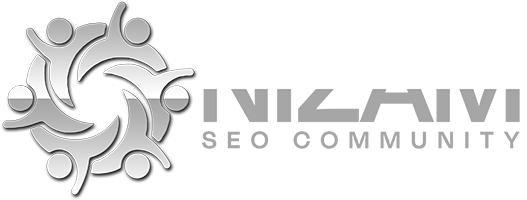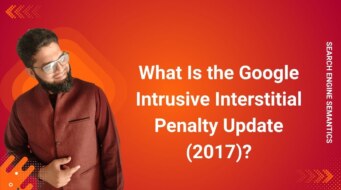What is Crawlability?
Crawlability refers to a website’s ability to be easily discovered, accessed, and scanned by search engine crawlers (bots or spiders). A website with good crawlability allows search engines to efficiently navigate its pages and index them for search results. Poor crawlability can prevent important pages from being indexed, reducing their chances of appearing in search rankings.
Why Crawlability Matters?
Search engines like Google, Bing, and Yahoo rely on bots to crawl web pages. If these bots can’t access a site’s content, it may not appear in search results, negatively impacting organic traffic and SEO performance.
Key Factors That Affect Crawlability
1. Website Hierarchy:
A clear and logical hierarchy with internal links helps bots navigate the site and discover all pages efficiently.
2. Robots.txt File:
The robots.txt file tells search engine bots which pages or sections of the site should or should not be crawled. A misconfigured file can block important pages from being crawled.
3. XML Sitemap:
An XML sitemap provides a roadmap of the site’s pages, making it easier for search engines to find and crawl content, especially on large websites.
4. Clean, Descriptive URLs:
URLs that are clear and descriptive help bots understand the structure of the site, making it easier to crawl and index pages.
5. Page Speed:
Faster-loading pages are crawled more efficiently because bots can quickly access and analyze content without delays.
6. 404 Errors & Redirect Chains:
Links that lead to broken pages (404 errors) or redirect chains can hinder crawlability, causing bots to waste resources on inaccessible content.
7. Duplicate Content:
Multiple pages with similar content can confuse search engine bots, making it difficult for them to index the correct pages and reducing crawl efficiency.
Crawlability vs. Indexability
Crawlability: Refers to whether search engine bots can access and scan a website’s content.
Indexability: Refers to whether the crawled pages are added to the search engine’s index and appear in search results.
Examples of Crawlability
1. Good Crawlability Example:
A blog with a clear site structure, XML sitemap, and internal links connecting related articles. Bots can easily discover and index all pages.
Example: A recipe website with categories like “Breakfast,” “Lunch,” and “Dinner,” each linking to relevant recipes.
2. Poor Crawlability Example:
A website with broken links, duplicate content, and no sitemap. Bots struggle to navigate and index pages.
Example: An e-commerce site with thousands of product pages but no internal linking or sitemap, making it hard for bots to find new or updated pages.
How to Improve Crawlability?
1. Use a Clear Site Structure:
Organize content logically with categories and subcategories, and create a clean navigation system.
2. Create an XML Sitemap:
Submit an XML sitemap to search engines to help them discover all pages quickly.
3. Fix Broken Links:
Regularly check for 404 errors and fix broken links to ensure bots can crawl all important pages.
4. Optimize Page Speed:
Improve page load times by compressing images, minifying CSS and JavaScript, and using caching.
5. Minimize Duplicate Content:
Use canonical tags and other techniques to prevent search engines from indexing duplicate content.
Final Thoughts on Crawlability
Crawlability is a crucial SEO factor that determines how easily search engines can discover and scan a website’s content. You can ensure better search engine visibility and improve the chances of ranking higher in search results, by optimizing crawlability through clear structure, fast page loads, and proper configurations (like robots.txt and sitemaps).
Want to Go Deeper into SEO?
Explore more from my SEO knowledge base:
▪️ SEO & Content Marketing Hub — Learn how content builds authority and visibility
▪️ Search Engine Semantics Hub — A resource on entities, meaning, and search intent
▪️ Join My SEO Academy — Step-by-step guidance for beginners to advanced learners
Whether you’re learning, growing, or scaling, you’ll find everything you need to build real SEO skills.
Feeling stuck with your SEO strategy?
If you’re unclear on next steps, I’m offering a free one-on-one audit session to help and let’s get you moving forward.



